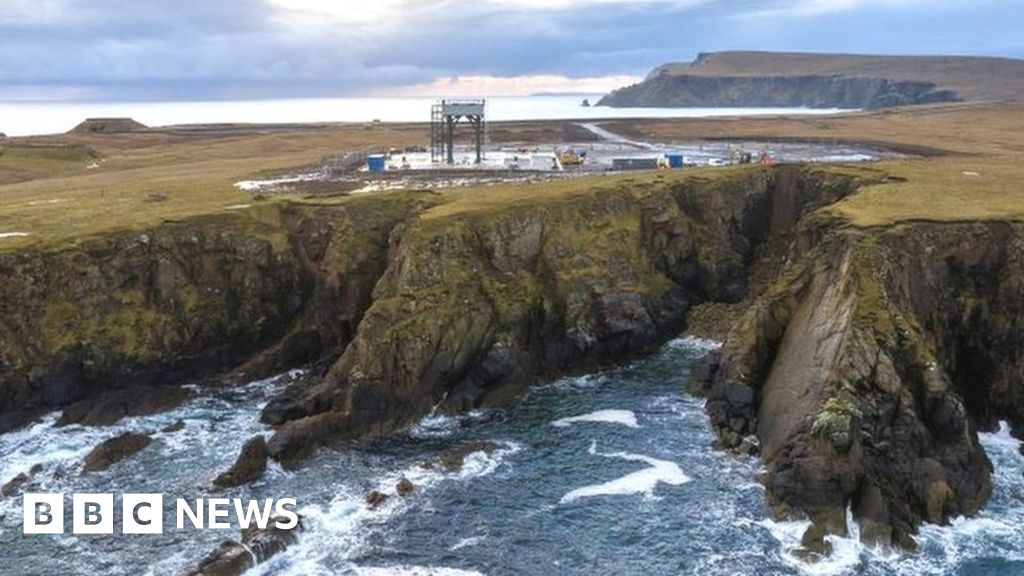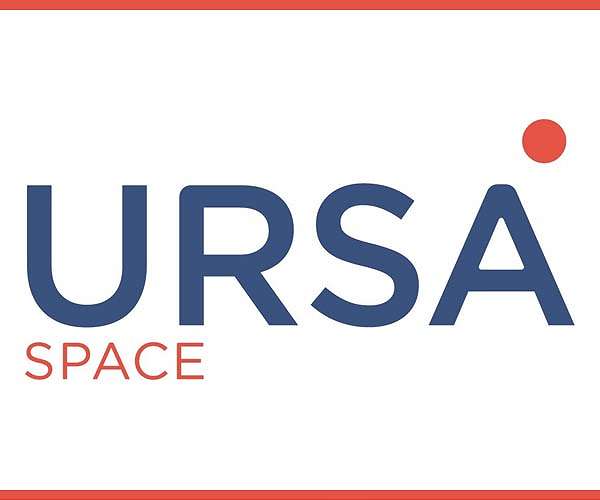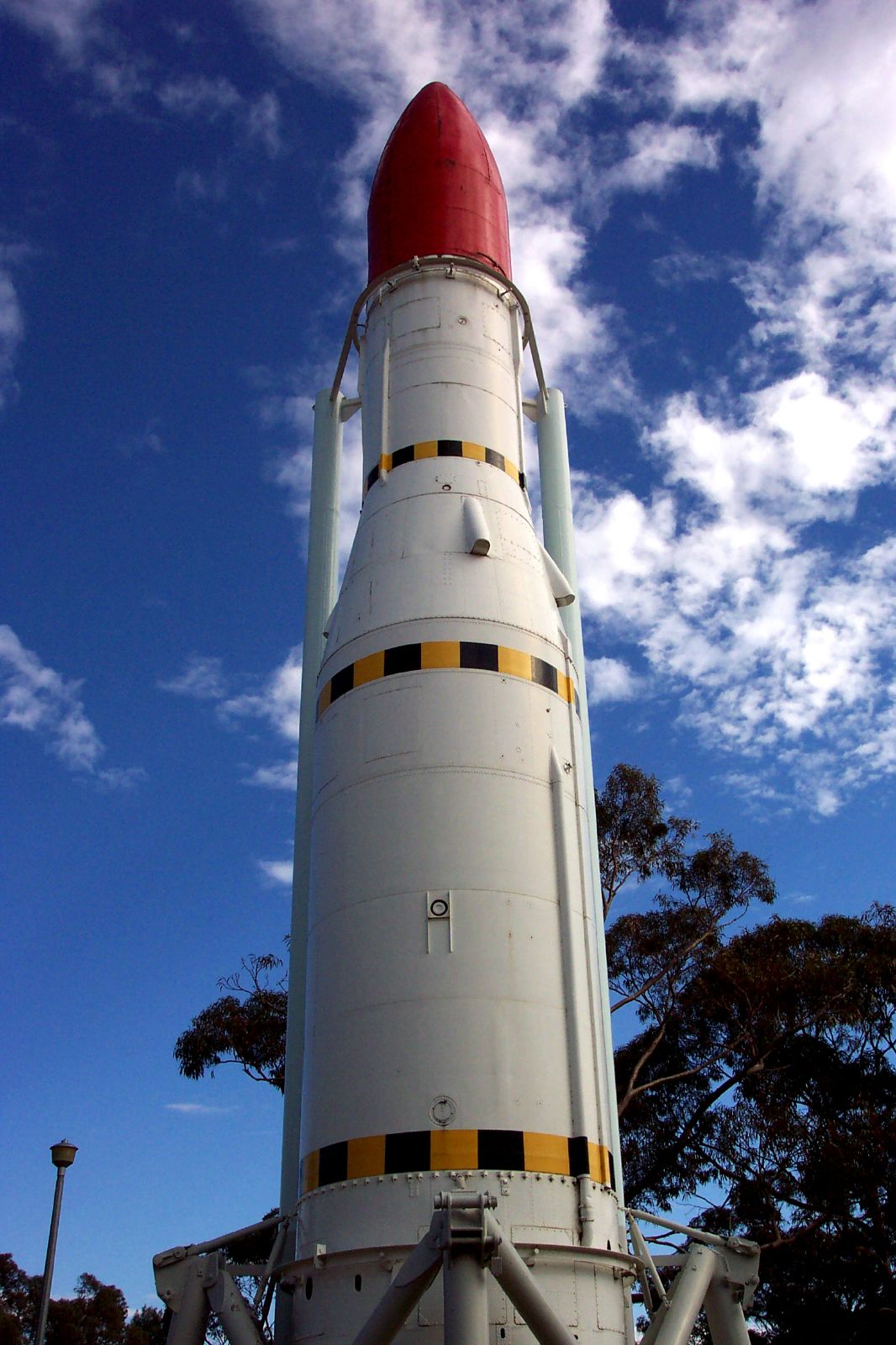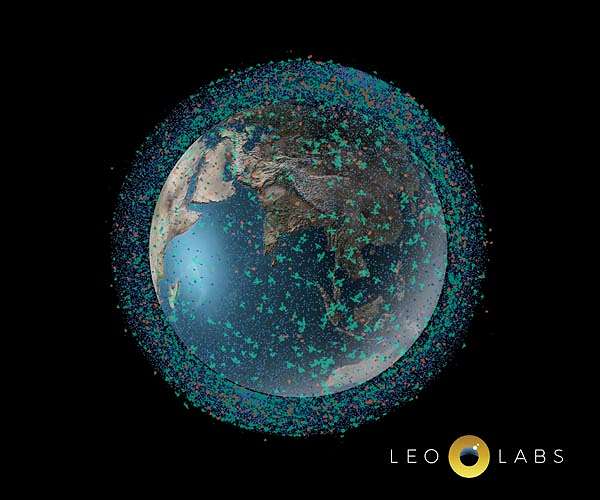FARNBOROUGH, England — A spaceport in the Shetland Islands expects to soon be ready to host the first vertical orbital launch from U.K. soil.
In a presentation at the Farnborough International Airshow here July 23, Scott Hammond, deputy chief executive and operations director of SaxaVord Spaceport, said he expected the spaceport to receive the last of the licenses from U.K. regulators in September needed to host the inaugural launch of Rocket Factory Augsburg’s RFA ONE rocket there.
The launch site, located on Unst in the Shetland Islands, received a spaceport license from the U.K. Civil Aviation Authority (CAA) in December 2023. That was followed in March by a separate range license for the site. Hammond said he expects a final license, regarding airspace access for launches from the spaceport, in September. The CAA will separately issue RFA a launch license.
That would allow RFA to attempt an orbital launch there. The company performed a static-fire test from the site in May, firing four of nine engines in the vehicle’s first stage. He said the company was preparing for similar tests that will fire five, and then all nine, engines in the stage.
The second stage for that inaugural launch is scheduled to arrive this week after tests in Kiruna, Sweden, followed by its third stage and the satellite payloads. “Everything is gearing up very much for the next steps in our journey to space.”
The spaceport facilities themselves are ready, he said, other than what he described as minor adjustments to the launch stool on which the rocket is mounted.
The official launch date for the mission is the third quarter, Hammond said, although other U.K. officials at the air show suggested a launch later in the fall is more likely. “If anybody tells you in this industry when a launch is going to be,” he quipped, “they’re lying to you because there are a lot of speed bumps.”
He sought to set expectations accordingly for the launch, the first from SaxaVord and the first by RFA. “This is a test flight, and it is an iterative process: we learn as we go along,” he said, expressing concern that politicians in particular did not appreciate that. “Sometimes I worry that the politicians want to see success straight away and, if not, they lose interest.”
The upcoming launch is the culmination of several years of work to establish the spaceport and deal with U.K., Scottish and local officials. Those efforts had setbacks, he said, including a £170 million ($220 million) debt facility to finance the spaceport and other development that “fell through” last year, he said.
The U.K. government did provide £10 million for SaxaVord earlier this year to finance spaceport development. He said the larger debt facility was intended to cover a “much wider piece” of work on the site beyond the launch pad and related facilities.
SaxaVord’s license allows the spaceport to host up to 30 launches a year, although Hammond acknowledged it will take some time to get close to that. “It’s not just a one-off,” he said of the upcoming RFA launch. “We want to do this multiple times a year. That takes time and effort, so it will take a little bit longer.”
Among the other customers for SaxaVord is Lockheed Martin, which intends to conduct its “U.K. Pathfinder” launch from SaxaVord under a contract awarded by the U.K. Space Agency in 2018. That launch will use an RS1 rocket from ABL Space Systems.
Hammond acknowledged those plans were in question after ABL’s second RS1 rocket suffered “irrecoverable” damage in a fire after an engine test July 19 ahead of a planned launch from Kodiak Island, Alaska.
“That’s a very good question after Friday,” he said of the schedule for the U.K. Pathfinder launch, referring to the day the RS1 rocket was damaged. He said he met with Lockheed Martin earlier in the day to discuss the status of that mission. “We don’t know until we know the results from their investigation.”
 www.caa.co.uk
www.caa.co.uk


















